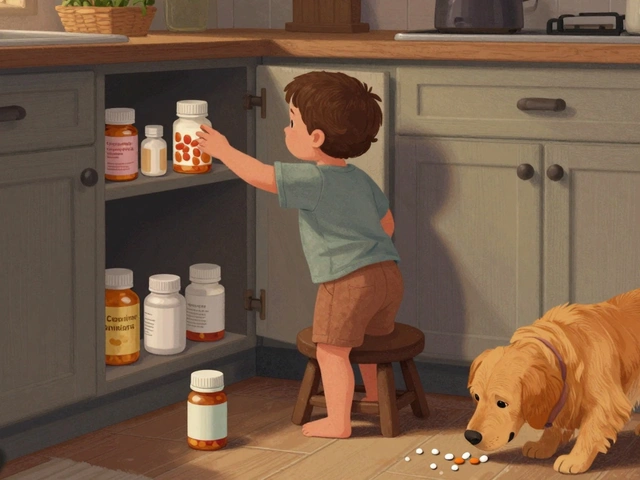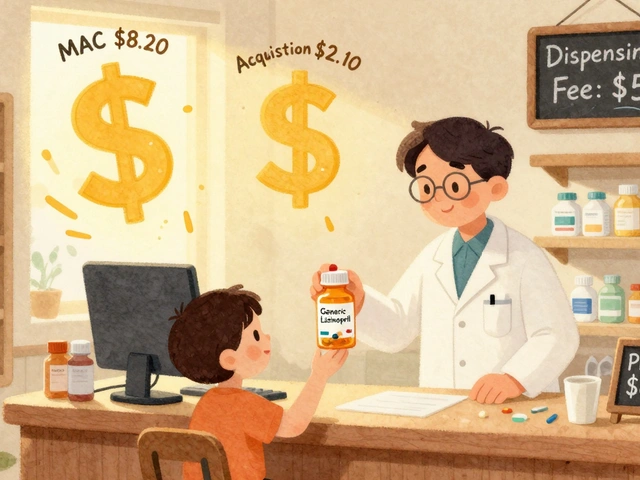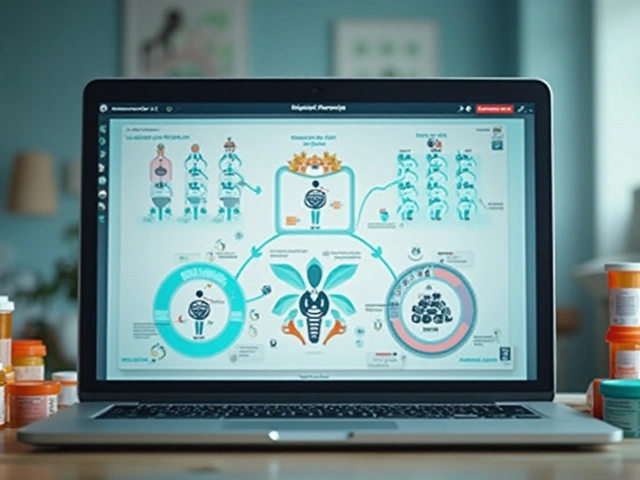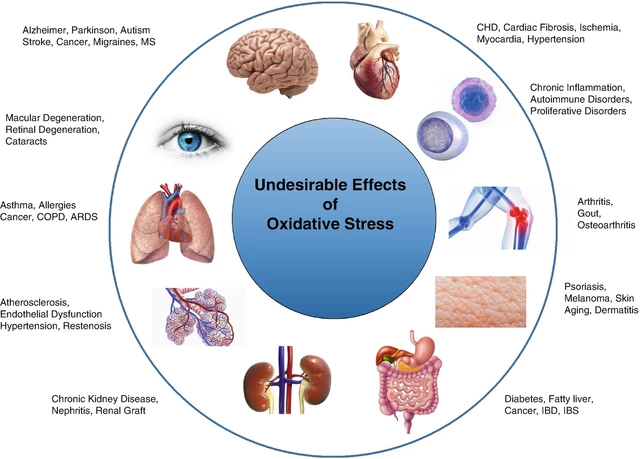Global delivery for medications: safe, legal, fast
Ordering medicine from another country can save money — but only if you know the rules. Global delivery matters because customs, cold chain needs, and prescriptions differ by country. Here I explain how to ship safely, avoid surprises, and pick the right service.
Start with the law. Check import rules in your country and the seller’s country before you pay. Some medicines are banned or need special permits.
How to choose a pharmacy
Pick licensed pharmacies with a physical address and a pharmacist contact. Look for verification badges like pharmacy board approval or verified online pharmacy seals. Read customer reviews but watch for fake praise and repeated text. If the price is way lower than elsewhere, ask why.
Shipping tips and customs
Choose tracked shipping with insurance for any international order. Express couriers clear customs faster than standard mail but cost more. Temperature sensitive drugs need cold packs and quick transit—confirm cold chain handling. Keep prescription copies, invoices, and supplier contact details handy if customs asks. Declare items honestly—undeclared meds can be seized or cause fines.
Watch out for red flags. No prescription required, unclear return policy, sloppy packaging, or inconsistent labeling are warning signs. Also avoid vendors who pressure you to pay by wire transfer or crypto.
Cost and timing matters. Taxes, import fees, and delivery delays can erase any price advantage. Ask the seller for typical delivery time to your country and factor in customs hold-ups.
When in doubt, talk to your doctor or local pharmacist. They can confirm the medication, dosage, and whether a foreign source is safe. Keep records of orders and shipment numbers in case you need refunds or medical proof.
Global delivery can widen your options but requires care. Use licensed sellers, pick tracked shipping, follow customs rules, and ask a pharmacist when unsure. That way you get your meds on time without unexpected headaches.
Packaging and labeling details matter. Clear labels with generic names, batch numbers, and expiry dates help customs and your pharmacist verify the product. If a seller removes labels or repackages loose pills, that’s a major red flag.
Tracking and proof of delivery. Always get a tracking number and check updates until delivery is confirmed. If a package is lost, insurance may cover costs but only with proof and timely claims.
Alternatives to global delivery. Consider local generics, patient assistance programs, or pharmacy discount cards if international shipping seems risky. Sometimes a local prescription or a telehealth consult gets you cheaper, safer access.
Final practical checklist. Checklist: verify pharmacy license, keep prescription copies, choose tracked shipping, confirm cold chain, declare imports, save invoices. These steps reduce delays, lost packages, and legal headaches.
Example: I ordered a chronic medication from a verified Canadian pharmacy. They provided a copy of the pharmacist consultation, shipped by tracked courier with cold packs, and customs released it in three days. When I called my local pharmacist first, they confirmed the generic was the same. It saved me serious stress.
31
InternationalDrugMart Online Pharmacy: Low Cost Medications & Global Delivery
Explore how InternationalDrugMart.com is changing the way people access affordable medications worldwide, from prescription savings to global shipping. Get essential info and real tips.
Latest Posts
Popular Posts
-
 How to Keep Medications Safe from Children and Pets at Home
How to Keep Medications Safe from Children and Pets at Home
-
 GLP-1 Side Effects: How to Manage Nausea, Dosing, and Realistic Expectations
GLP-1 Side Effects: How to Manage Nausea, Dosing, and Realistic Expectations
-
 Pharmacy Reimbursement: How Generic Substitution Impacts Pharmacies and Patients Financially
Pharmacy Reimbursement: How Generic Substitution Impacts Pharmacies and Patients Financially
-
 Acromegaly: Understanding Excess Growth Hormone and Effective Treatment Options
Acromegaly: Understanding Excess Growth Hormone and Effective Treatment Options
-
 Shift Work Sleep Disorder: How to Manage Night Shifts and Get Real Sleep
Shift Work Sleep Disorder: How to Manage Night Shifts and Get Real Sleep



